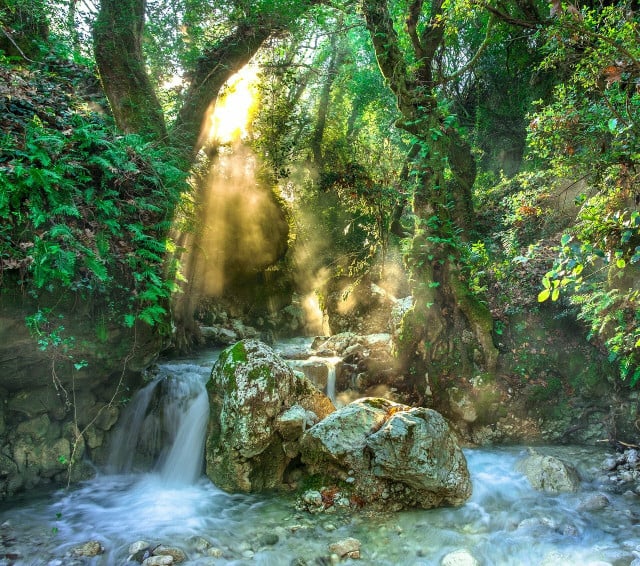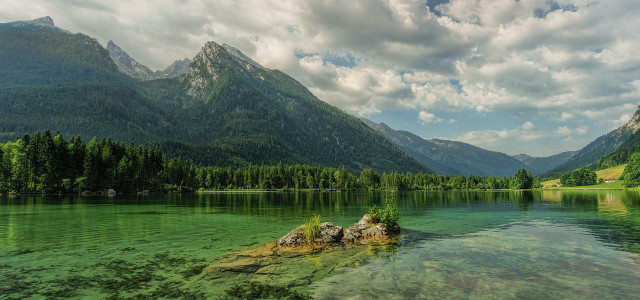The Rights of Nature movement recognizes nature and other species as equal to humans, not simply resources to use. Learn more about the movement and its influence in the U.S.
The Rights of Nature, a notion that dates back to 1972 when Christopher Stone published Should Trees Have Standing – Toward Legal Rights for Natural Objects, is a legal theory that gives nature rights the same way humans have rights. It asserts that human beings and parts of nature like plants, rivers, forests and animals share an equal right to exist. The movement pushes countries to recognize nature as a rights holder and grant nature legal standing. If nature had legal standing, it would be entitled to legal personhood status and the right to defend itself against harm in a court of law. These harms against nature include environmental degradation caused by specific development projects and even by climate change. In September 2008, Ecuador became the first country to recognize the rights of nature in its constitution.
In addition, the Global Alliance for the Rights of Nature has established an International Rights of Nature Tribunal to address ecocide, which is the act of destroying ecosystems by causing severe, long-term harm to the environment.
The Rights of Nature and NGOs



NGOs play a crucial role in environmental activism and helping tackle ecological issues. Environmental NGOs conduct research and facilitate policy development to protect the environment. Various NGOs focus on environmental protection and support the Rights of Nature movement, like Greenpeace and the International Union for the Conservation of Nature (IUCN). In 2018, the IUCN adopted a resolution explicitly calling for a Universal Declaration of the Rights of Nature. This resolution aims to build the environmental rule of law as the legal foundation for environmental justice.
Legal Status in the U.S.



The rights of nature are legally protected in several U.S. communities, ranging from Santa Monica to Pittsburgh. In 2013, the Santa Monica City Council adopted a Sustainability Rights Ordinance, recognizing that “Natural communities and ecosystems possess fundamental and inalienable rights to exist and flourish…”
Lawsuits are often struck down, one notable example being Colorado River Ecosystem v. State of Colorado. In 2017, an environmental organization filed a lawsuit against the State of Colorado seeking a declaration that the river was a person possessing “rights to exist, flourish, regenerate, be restored and naturally evolve” and that actions by the State of Colorado violated these rights. The District of Colorado dismissed the case.
Across the U.S., a growing number of lawsuits with links to the Rights of Nature movement are gaining momentum. These lawsuits encourage national and local governments to recognize the rights of nature and prioritize the environment. Such cases also draw attention to environmental justice issues faced by marginalized communities, particularly Indigenous communities, whose livelihoods and cultural and spiritual practices are closely linked to ecosystems that are being badly damaged.
Read more:
- Nature Therapy: Why You Should Try It
- Climate Change Denial: How to Stand Up To Skeptics
- Eco-Anxiety: Climate Change Stress and How to Cope
Do you like this post?









